We live in a world that tells us connection must look and feel in a certain way. A child is praised for making eye contact. A teenager is told off for preferring to text rather than talk. An adult is seen as distant because they don’t initiate small talk in the break room. Connection has been reduced to performance, like a checklist of behaviours that fit in neuro-normative standards.
If we only value one kind of language, the verbal, performative, socially expected and accepted kind, we diminish countless ways of relating that are no less meaningful. Other ways of connecting do exist. They matter. They are rich, valid and profoundly beautiful.
With this in mind, I want to explore six different connection languages. You might recognise yourself in some or all of them. You might discover a new way through which to see your own relationships. Whatever this exploration brings you, I hope it at least opens up conversations.
Connection isn’t measured in words. It’s measured in presence, belonging and respect.
Sometimes connection is as simple as being there. Not talking. Not doing. Just being.
There’s comfort in the proximity, in the awareness of another’s presence without the burden of engagement. This is connection.
Presence can mean sitting in the same room while each person does their own thing. Reading, writing, scrolling, resting. No pressure to entertain or chat. Just a steady sense of I’m glad you’re here and I don’t need you to perform for me.
This kind of connection is low demand, yet magical, because it removes the unspoken rules of constant reciprocity. Presence allows rest, co-regulation and safety.
Presence is a language that says: “Your existence is enough. I don’t need more than that to feel close to you.”
When was the last time you felt held by someone’s presence alone?
There is something electric about meeting someone who loves the same thing you do. It might be a TV show, a niche video game, a species of bird, or a particular style of music. The energy shifts. You light up. You want to share. There is just so much to talk about!
For neurodivergent people, special interests are lifelines, sources of joy, grounding, regulation and identity. And when shared, they become bridges. Two people swapping facts about whatever makes their hearts happy, are bonding. They are building a relationship through passion and trust.
Those who do not understand, look at special interests as barriers to social engagement, but they are invitations to step into their world so they can show you what they love.
This is generosity. To share a special interest is to open a door to intimacy. To receive that gift with curiosity is to say: “I value you enough to enter your joy.”
What interest of yours has created unexpected connections?
SENDwise Hub is a reader-supported publication. To receive new posts and support my work, consider becoming a free or paid subscriber.
Not all connection is verbal. Much of it is felt through movement, sound, rhythm and shared sensory experience.
Two children jumping together on a trampoline, laughing with each bounce. Friends listening to the same playlist on a long drive. A parent and child dancing together in the kitchen, humming to the same song. A group of neurodivergent adults stimming in rhythm… Each movement says that they are in sync.
Sensory experiences are seen as solitary or self-regulating, but they can also be relational. Sharing stims, textures, or sounds communicates comfort and togetherness. They create a shared emotional space.
And yet, society still interrupts these languages and that has a direct impact on connection that says: “We’re alike. We belong in this moment together.”
Recognising sensory connection changes the story, because we experience the world through all our senses.
What sensory experiences make you feel most connected to others?
Play is one of humanity’s oldest languages. It cuts across culture, age, expectations and ability. Yet adults are told to grow out of it, and children are told to do it properly.
Think of the intimacy of sharing memes with someone who laughs at the exact same strange humour as you. The joy of co-building a Minecraft world. The freedom of doodling together with no rules. The deep bond that forms when two people invent a joke that no one else understands.
Play matters because it removes performance. It doesn’t demand eye contact or scripted responses. It allows for silliness, mistakes, fun and experimentation. In play, people meet each other as equals.
Creativity works the same way. Sharing art, music and stories is sharing pieces of yourself. People who may struggle with small talk thrive here, where expression is free and open-ended. Play is not childish. It’s human.
What kind of play or creativity connects you to others most?
Silence can be one of the most intimate forms of connection.
Sitting quietly on a train with a friend. Watching the stars with someone you love. Resting in the same room without needing to speak. Silence says: “I trust you enough to not fill the space. I am safe with you without words.”
For non-speaking neurodivergent people, like my son, silence is presence in a different form. For him comfortable silence is safety and trust. Two heartbeats pumping to the same rhythm.
Of course silence is pathologised as failure to speak, lack of reciprocity, lack of engagement. But silence is not a void. It is a language. It means sharing space with someone that makes your nervous system feel at home.
When does silence feel most connecting for you?
Connection is not just about what and how we share, but also about how we respect each other. Care and agency are central to safe, meaningful connections.
Think of the friend who remembers you hate fluorescent lights and chooses a different café. The teacher who offers choices instead of instructions. The parent who honours their child’s no without trying to negotiate.
All of this communicates: “I see you. I respect your needs. I want you to feel safe with me.” For neurodivergent people who are often denied autonomy, this kind of connection can be life-changing.
Care doesn’t always look like words of reassurance, since actions speak louder than words, after all. Sometimes it’s the small, practical gestures like offering a sensory aid, leaving an uncomfortable space, checking in with “Do you want to, or not today?” This is respect made tangible.
How has someone shown care or respect that made you feel deeply connected?
Connection is not limited to conversation, smiles and expected behaviours. Connection is diverse, dynamic and valid in whichever form it takes.
What is your strongest connection language and how will you honour it?
⭐ Be part of The Unasked Collection and read previous exclusive articles written by Dr. Joanna Grace, Helen Edgar and Jen Benford. The next article will be published soon!
⭐ Join me for the upcoming webinar on “Why hygiene is not just about cleanliness”. This will be hosted on the 30th September.
⭐ If you’re looking for digital and affordable resources, you can browse them here.
⭐ If you wish to support the neurodivergent community, come for a browse here.
⭐ If you’re on any social media, come join me on Facebook, Instagram or LinkedIn.


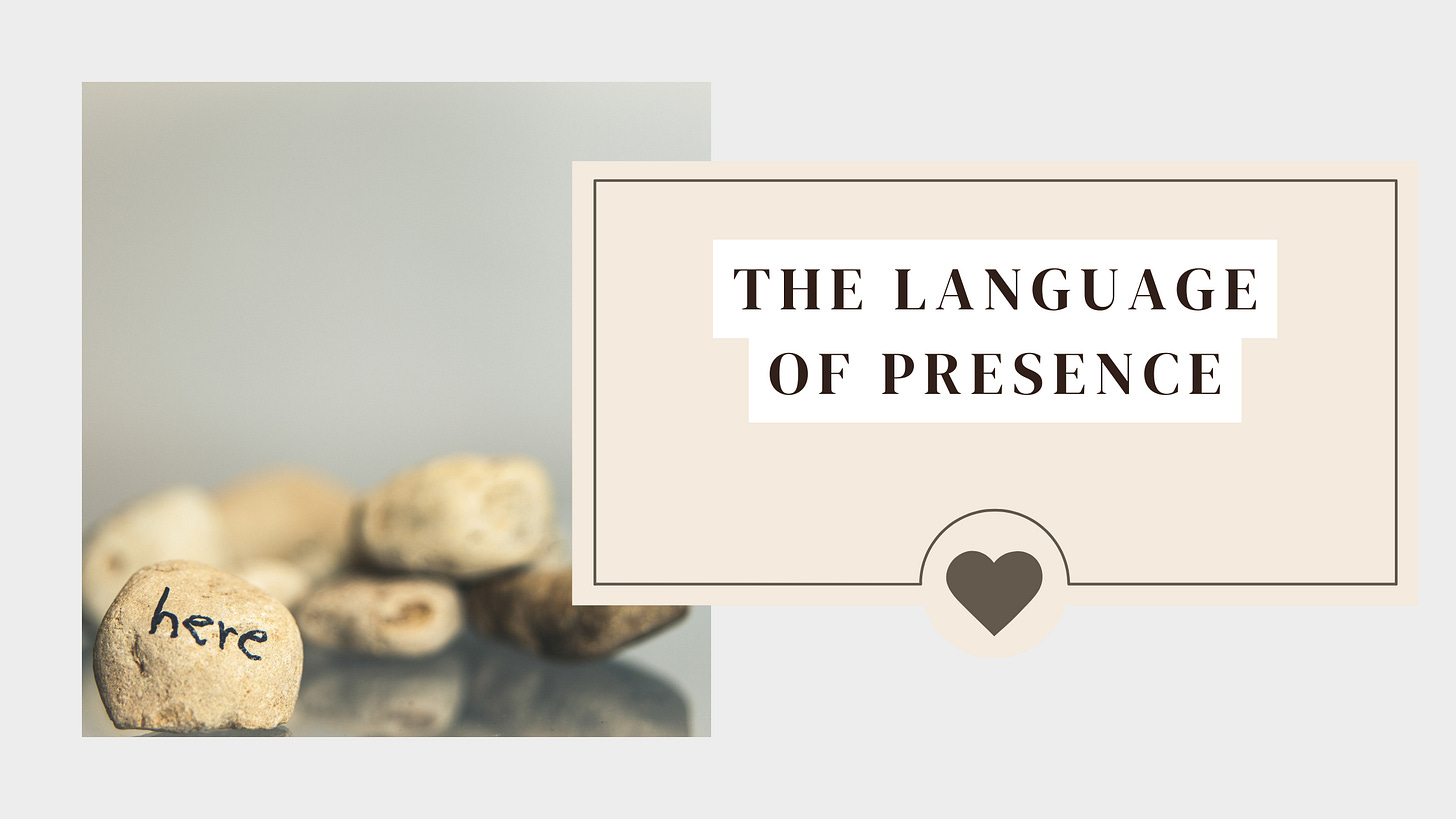
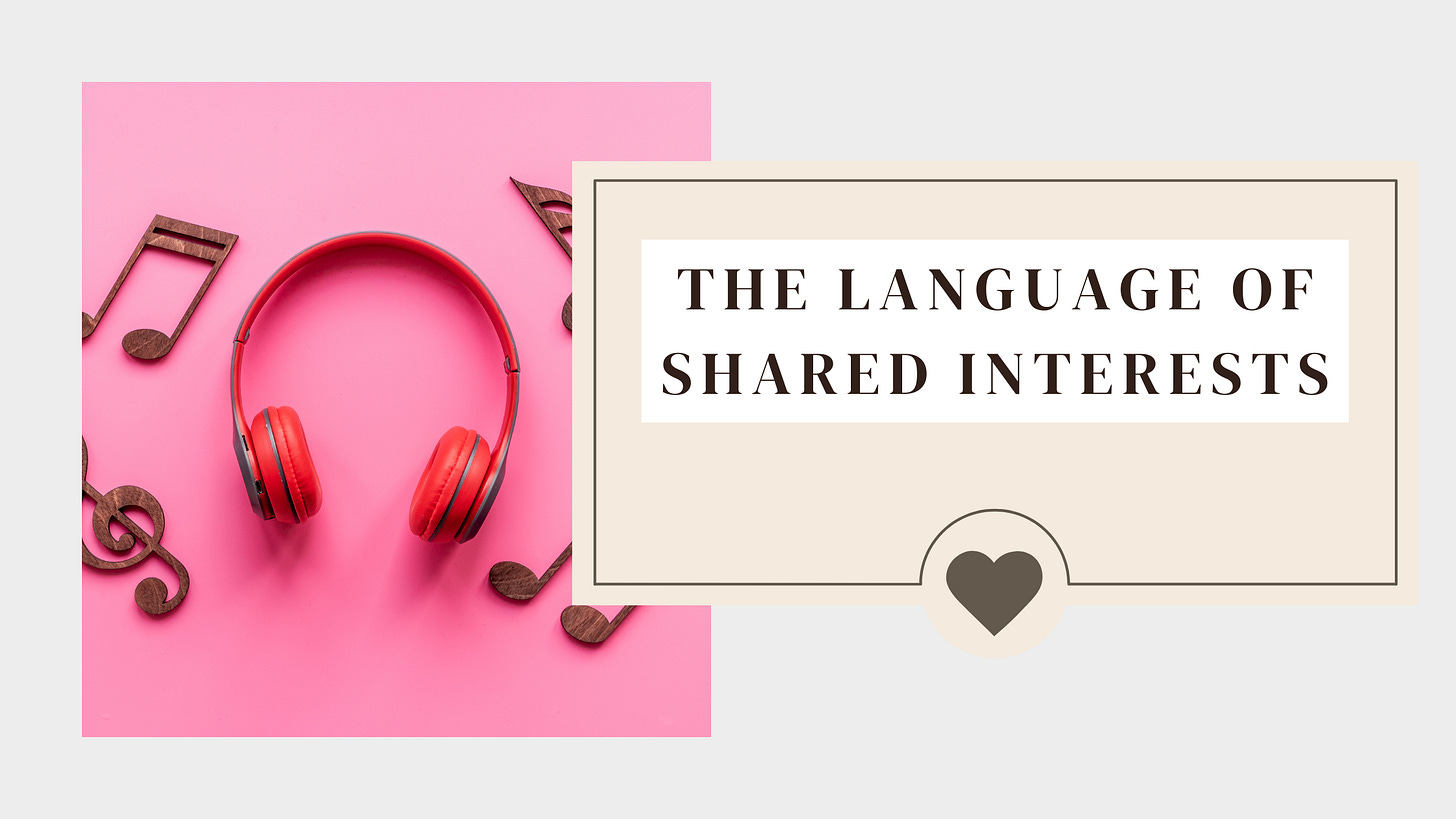
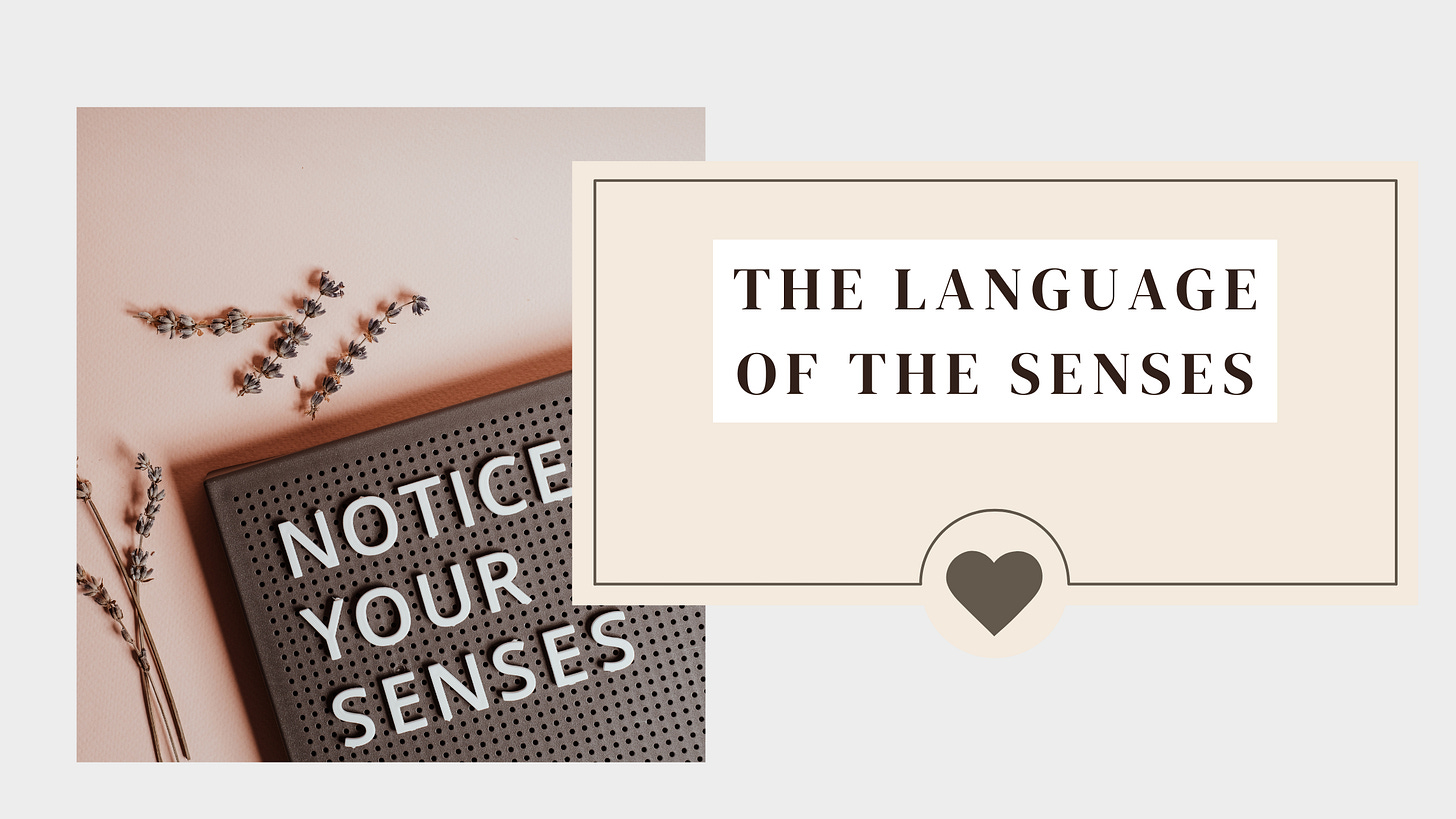
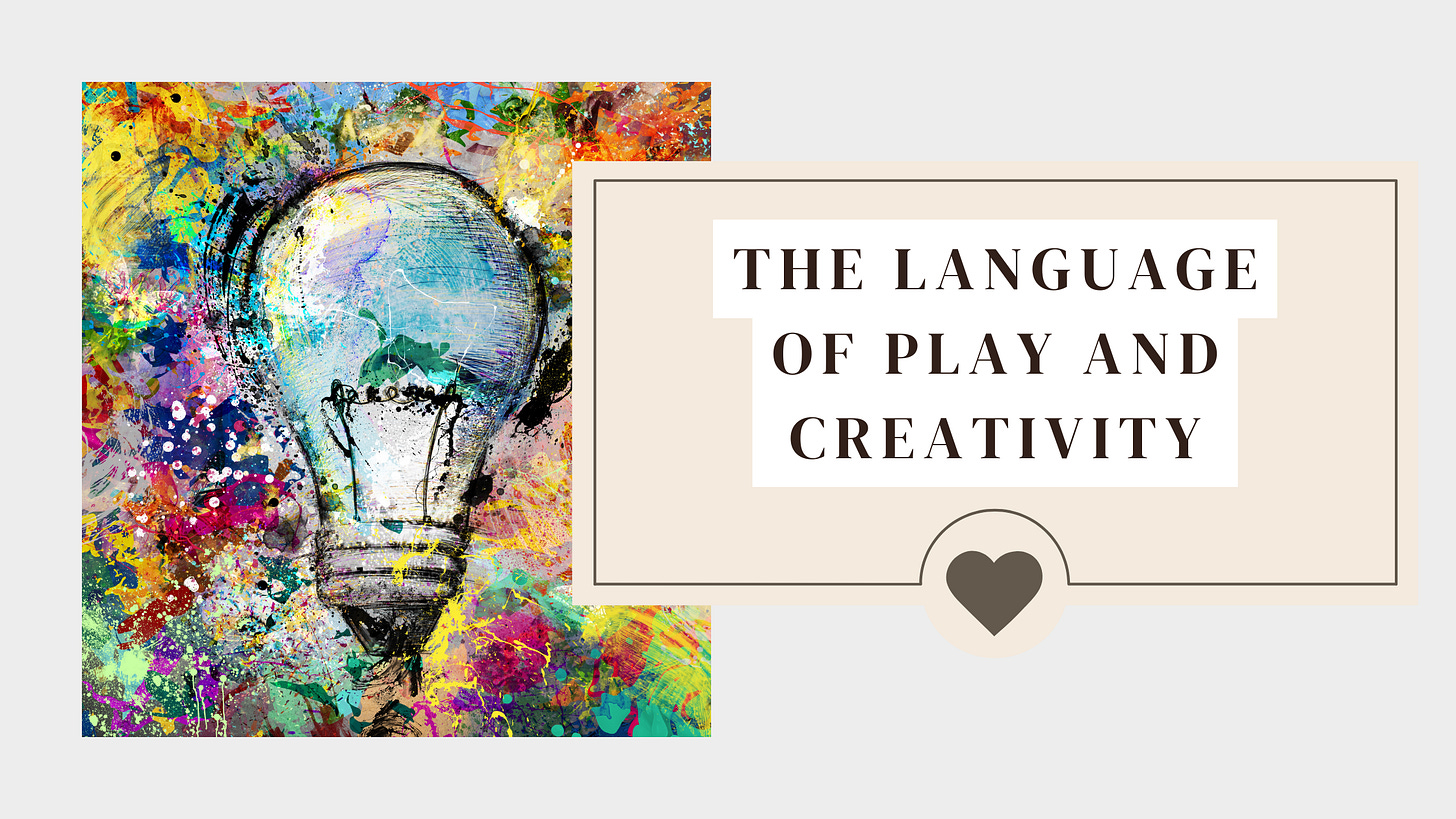
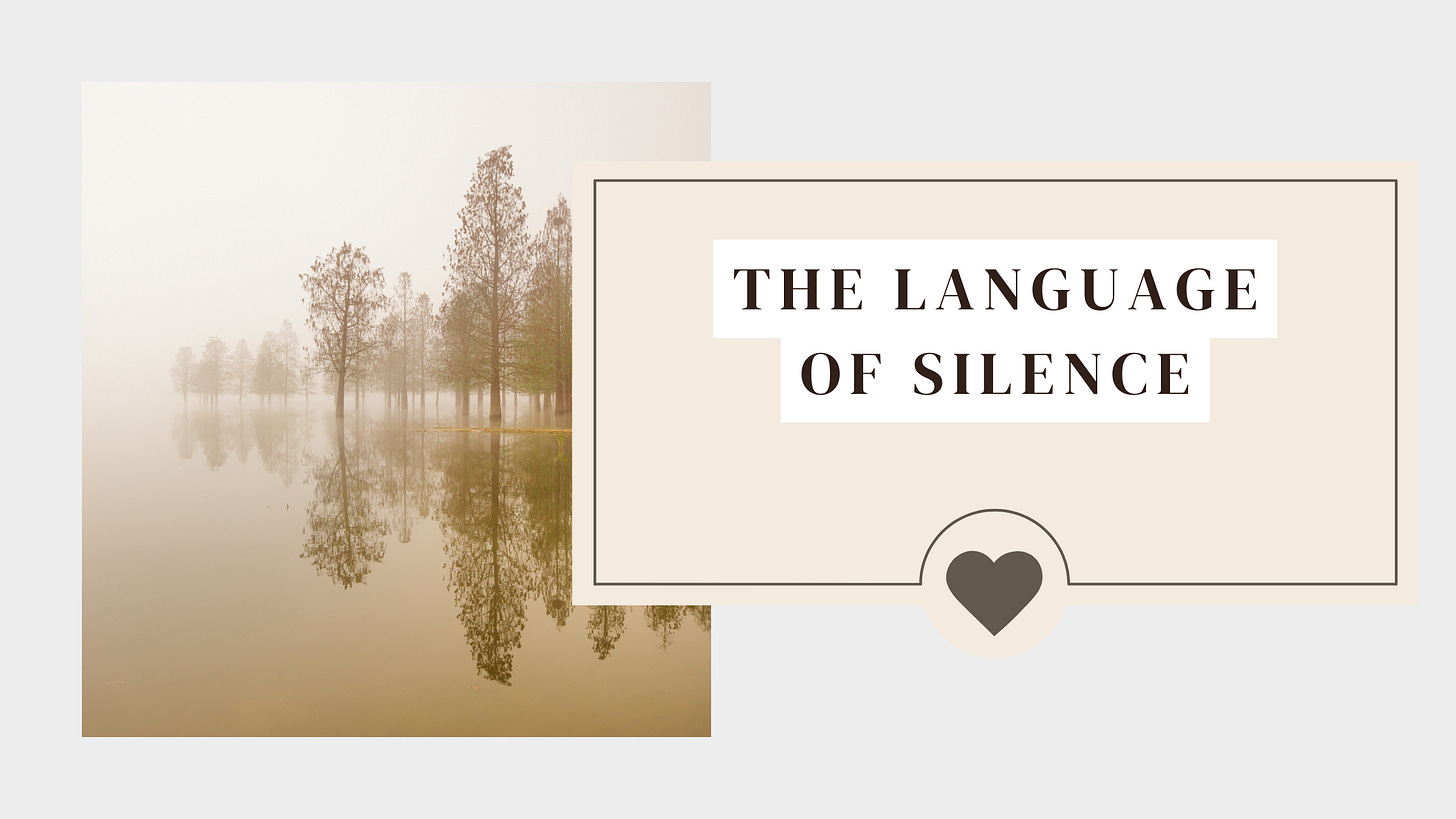
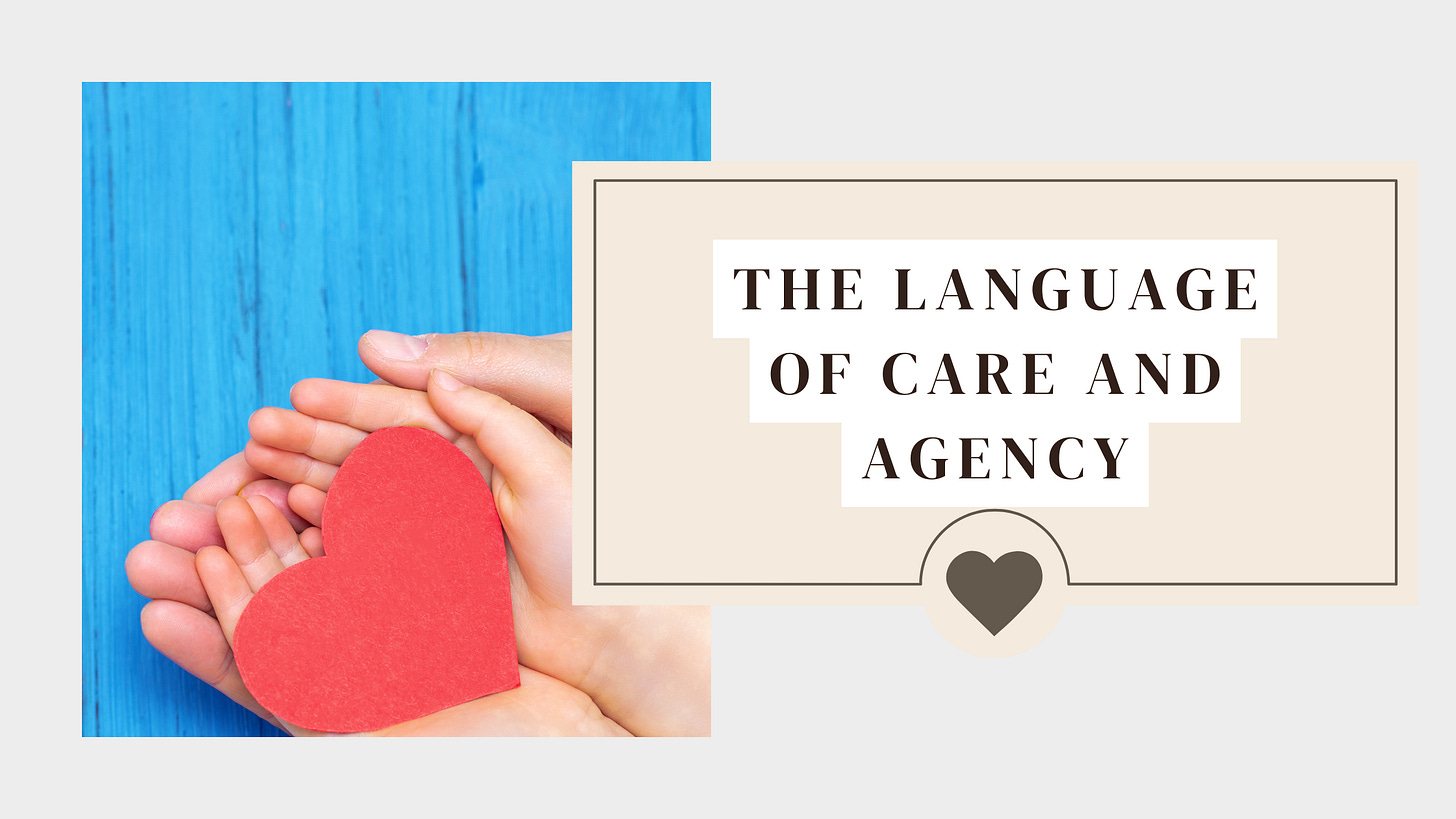
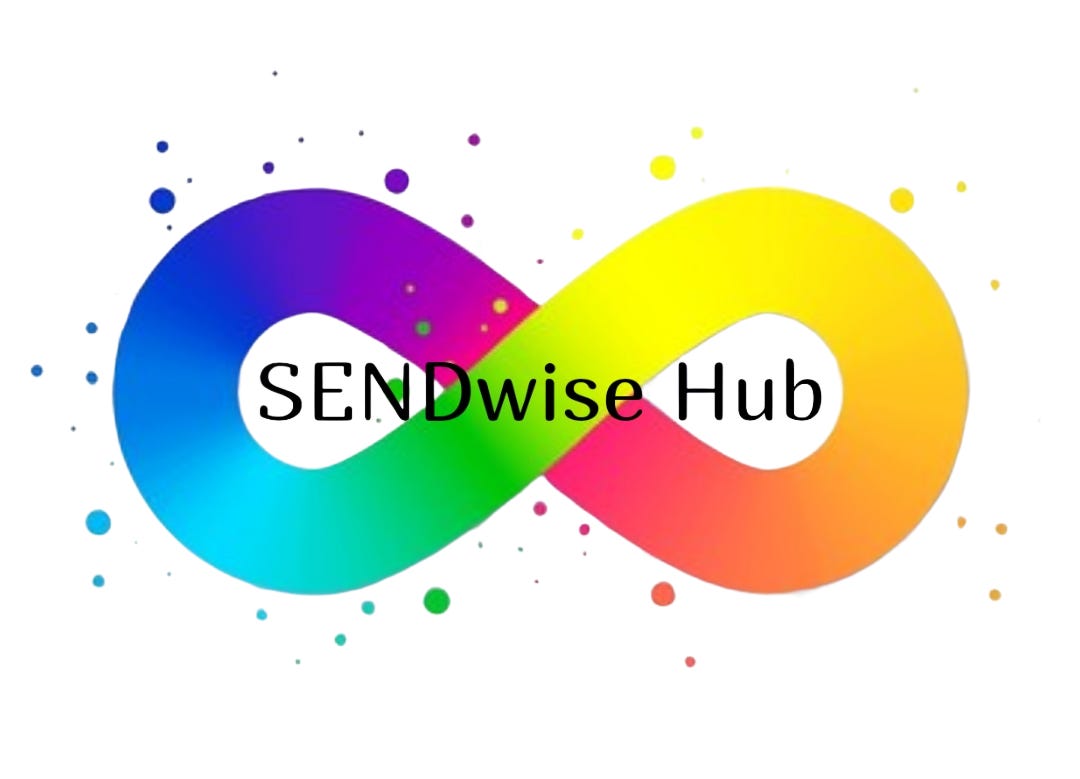
Yes! If I could communicate only through songs I would be so much better understood than I am right now.
Love this and completely agree with your analysis. A therapist several years ago once told me about the different love languages. I think we can extend similar principles to connection and other relationships as you have expertly done here.